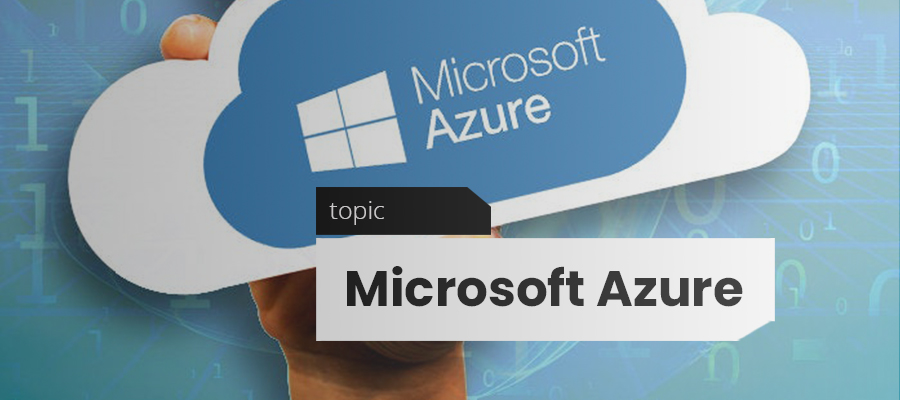Microsoft Azure is a cloud computing service created by Microsoft for building, testing, deploying, and managing applications and services through a global network of Microsoft-managed data centers. It provides software as a service (SaaS), platform as a service (PaaS) and infrastructure as a service (IaaS) and supports many different programming languages, tools and frameworks, including both Microsoft-specific and third-party software and systems.
Microsoft Azure uses a specialized operating system, called Microsoft Azure, to run its “fabric layer”: a cluster hosted at Microsoft’s data centers that manages computing and storage resources of the computers and provisions the resources (or a subset of them) to applications running on top of Microsoft Azure. Microsoft Azure has been described as a “cloud layer” on top of a number of Windows Server systems, which use Windows Server 2008 and a customized version of Hyper-V, known as the Microsoft Azure Hyper-visor to provide virtualization of services.
Scaling and reliability are controlled by the Microsoft Azure Fabric Controller, which ensures the services and environment do not fail if one or more of the servers fails within the Microsoft data center, and which also provides the management of the user’s Web application such as memory allocation and load balancing.
Azure provides an API built on REST, HTTP, and XML that allows a developer to interact with the services provided by Microsoft Azure. Microsoft also provides a client-side managed class library that encapsulates the functions of interacting with the services. It also integrates with Microsoft Visual Studio, Git, and Eclipse.
In addition to interacting with services via API, users can manage Azure services using the Web-based Azure Portal, which reached General Availability in December 2015. The portal allows users to browse active resources, modify settings, launch new resources, and view basic monitoring data from active virtual machines and services. More advanced Azure management services are available.
Microsoft lists over 600 Azure services, of which some are covered below:
Computer:
- Virtual machines, infrastructure as a service (IaaS) allowing users to launch general-purpose Microsoft Windows and Linux virtual machines, as well as pre-configured machine images for popular software packages.
- App services, platform as a service (PaaS) environment letting developers easily publish and manage websites.
Mobile services:
- Mobile Engagement collects real-time analytics that highlight users’ behavior. It also provides push notifications to mobile devices.
- Hockey-App can be used to develop, distribute, and beta-test mobile apps.
Storage services:
- Storage Services provides REST and SDK APIs for storing and accessing data on the cloud.
- Table Service lets programs store structured text in partitioned collections of entities that are accessed by partition key and primary key. It’s a NoSQL non-relational database.
Machine learning:
- Microsoft Azure Machine Learning (Azure ML) service is part of Cortana Intelligence Suite that enables predictive analytics and interaction with data using natural language and speech through Cortana.
The above is a brief about Microsoft Azure. Watch this space for more updates on the latest trends in technology.
